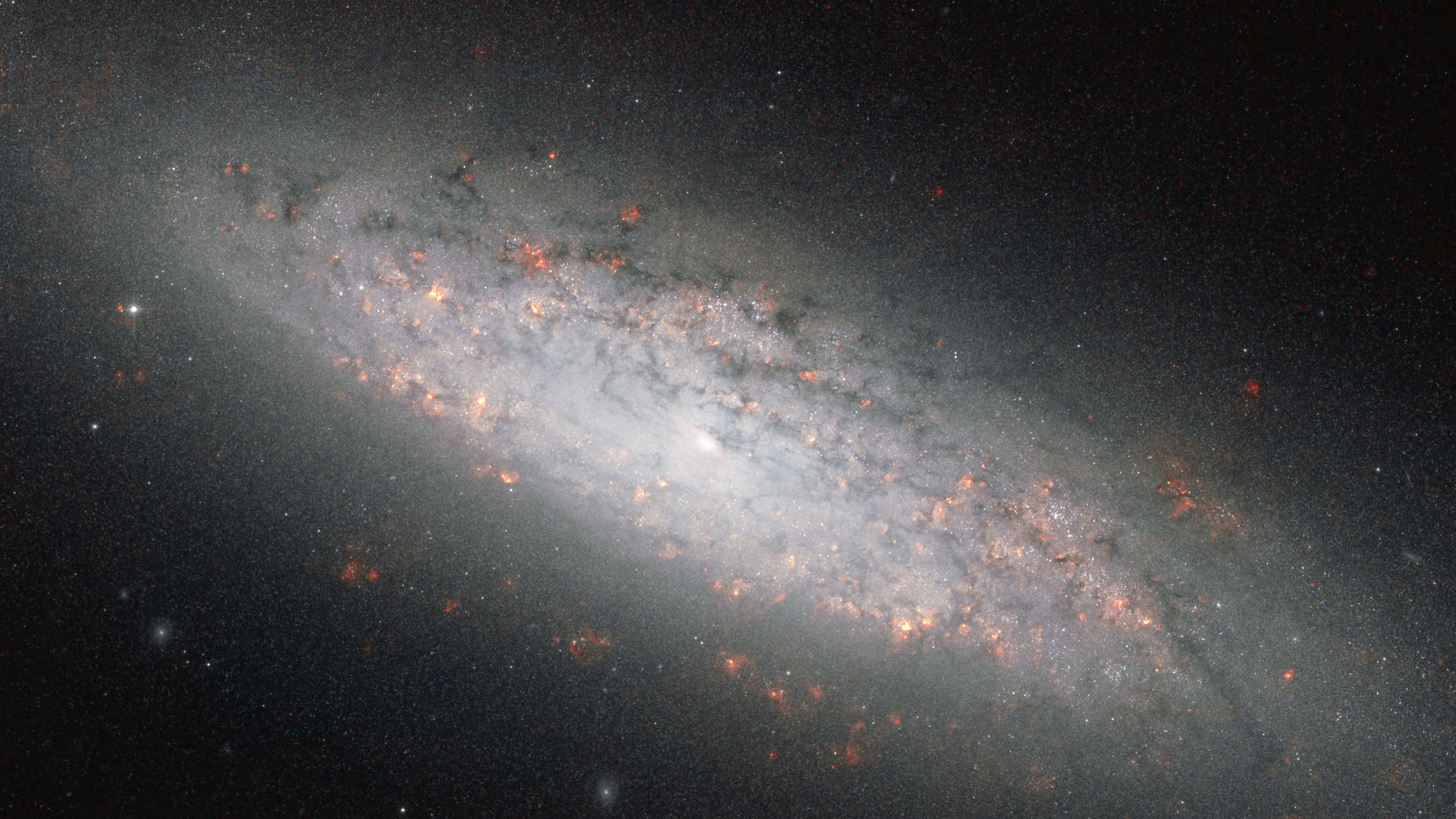Please login in order to download photos in full size
If you are not registered, please register for free: www.Free-Photos.biz/register
Please note to download premium images you also need to join as a free member..
You can also save the photos without the registration - but only in small and average sizes, and some of them will have the site's watermark. Please simply click your right mouse button and save the image.
Please login in order to like photos
If you are not registered, please register for free:
Sorry, non-members can download up to 1100 full-size photos per month.
It looks like you have used up your limit.
Free members can download an unlimited number of full-size photos - including the premium free photos.
Join as a member today for FREE! - and download the images without limitations:
www.Free-Photos.biz/membership.php
You can also save the images without the membership - but only in small and average sizes, and some of them may have the site's watermark. Please simply click your right mouse button and save the image.

|
This is a premium free photo
This photo was viewed 8 times and was downloaded in full size 2 times.
This photo was liked 0 times
If you are a member, please login in order to see the source link of the above image.
Summary
| Description |
English: Fresh starbirth infuses the galaxy NGC 6503 with a vital pink glow in this image from the NASA/ESA Hubble Space Telescope. This galaxy, a smaller version of the Milky Way, is perched near a great void in space where few other galaxies reside.
This new image from Hubble’s Advanced Camera for Surveys displays, with particular clarity, the pink-coloured puffs marking where stars have recently formed in NGC 6503's swirling spiral arms. Although structurally similar to the Milky Way, the disc of NGC 6503 spans just 30 000 light-years, or just about a third of the size of the Milky Way, leading astronomers to classify NGC 6503 as a dwarf spiral galaxy. NGC 6503 lies approximately 17 million light-years away in the constellation of Draco (the Dragon). The German astronomer Arthur Auwers discovered this galaxy in July 1854 in a region of space where few other luminous bodies have been found. NGC 6503 sits at the edge of a giant, hollowed-out region of space called the Local Void. The Hercules and Coma galaxy clusters, as well as our own Local Group of galaxies, circumscribe this vast, sparsely populated region. Estimates for the void’s diameter vary from 30 million to more than 150 million light-years — so NGC 6503 does not have a lot of galactic company in its immediate vicinity. The isolation of NGC 6503 inspired the stargazer Stephen James O'Meara to name it the Lost-In-Space Galaxy in his book Hidden Treasures. This Hubble image was created from exposures taken with the Wide Field Channel of the Advanced Camera for Surveys. The filters were unusual, which explains the peculiar colour balance of this picture. The red colouration derives from a 28-minute exposure through a filter that just allows the emission from hydrogen gas (F658N) to pass and which reveals the glowing clouds of gas associated with star-forming regions. This was combined with a 12-minute exposure through a near-infrared filter (F814W), which was coloured blue for contrast. The field of view is 3.3 by 1.8 arcminutes. |
|||
|---|---|---|---|---|
| Date |
29 November 2010 |
|||
| Source | ||||
| Author |
ESA/Hubble and NASA |
|||
| Permission (Reusing this file) |
|
Licensing
| This file is licensed under the Creative Commons Attribution 3.0 Unported license. | ||
|
Public Domain
| EXIF data: | |
| File name | ngc_6503_hst.jpg |
|---|---|
| Size, Mbytes | 3.2770048828125 |
| Mime type | image/jpeg |
While the copyright and licensing information supplied for each photo is believed to be accurate, Free-Photos.biz does not provide any warranty regarding the copyright status or correctness of licensing terms. If you decide to reuse the images from Free-Photos.biz, you should verify the copyright status of each image just as you would when obtaining images from other sources.
The use of depictions of living or deceased persons may be restricted in some jurisdictions by laws regarding personality rights. Such images are exhibited at Free-Photos.biz as works of art that serve higher artistic interests.
PRIVACY POLICY
By registering your account and/or by subscribing to new and newly rated photographs you agree we may send you the links to photos and we may occasionally share other information with you.
We do NOT disclose your personal data.



